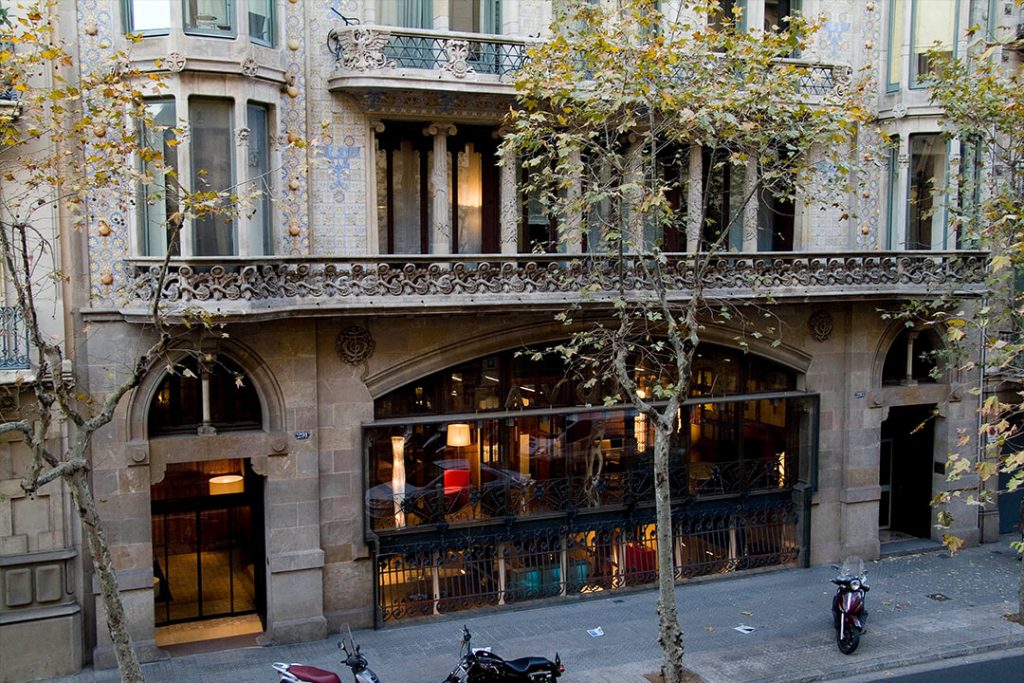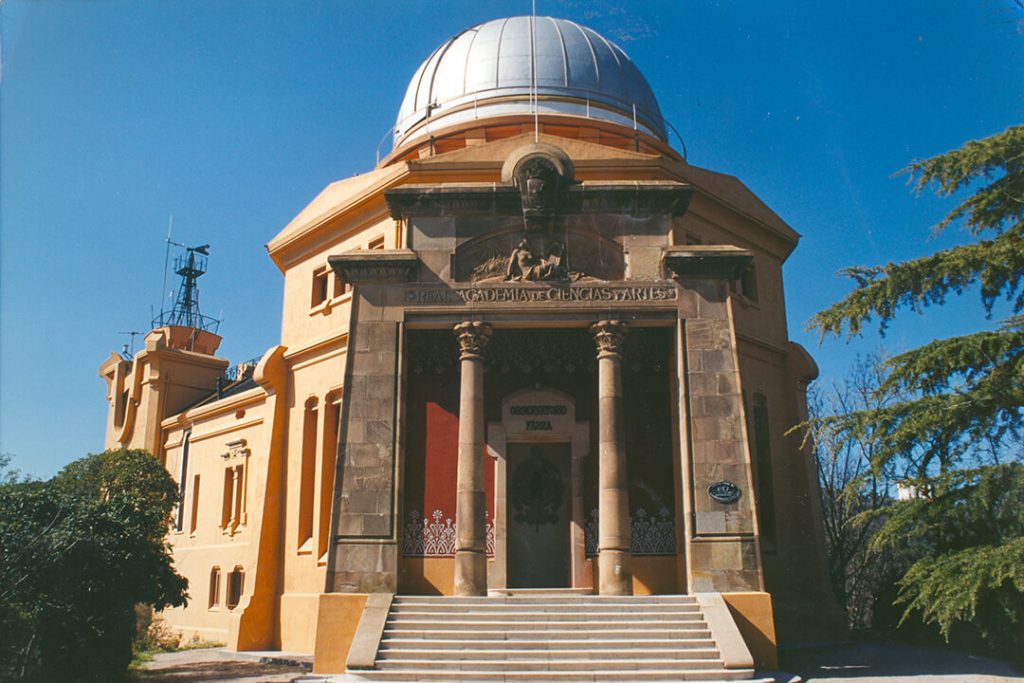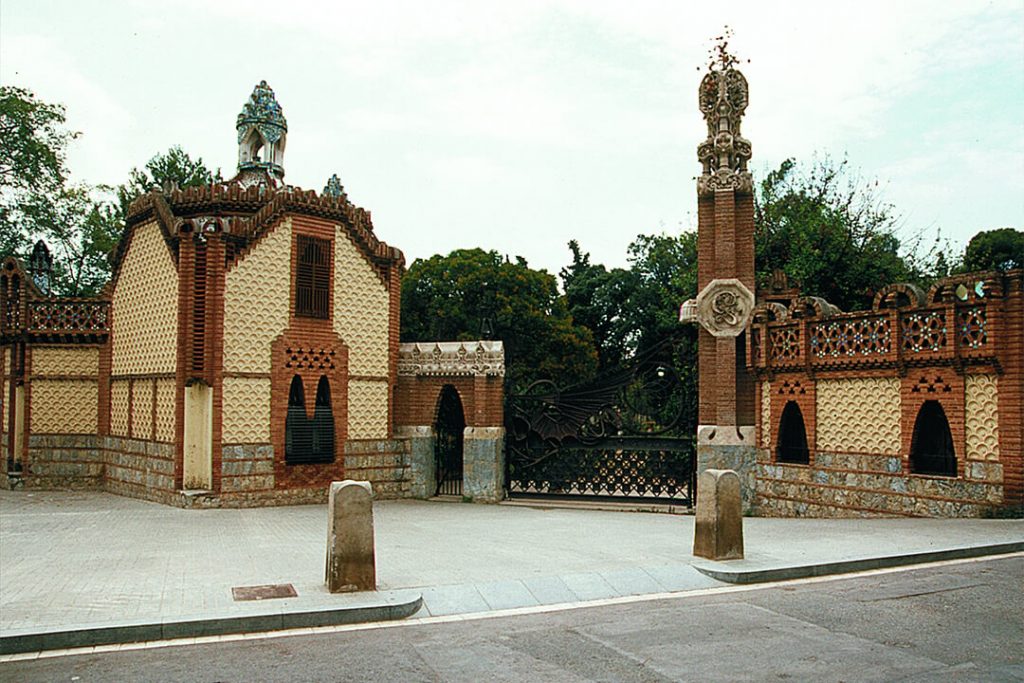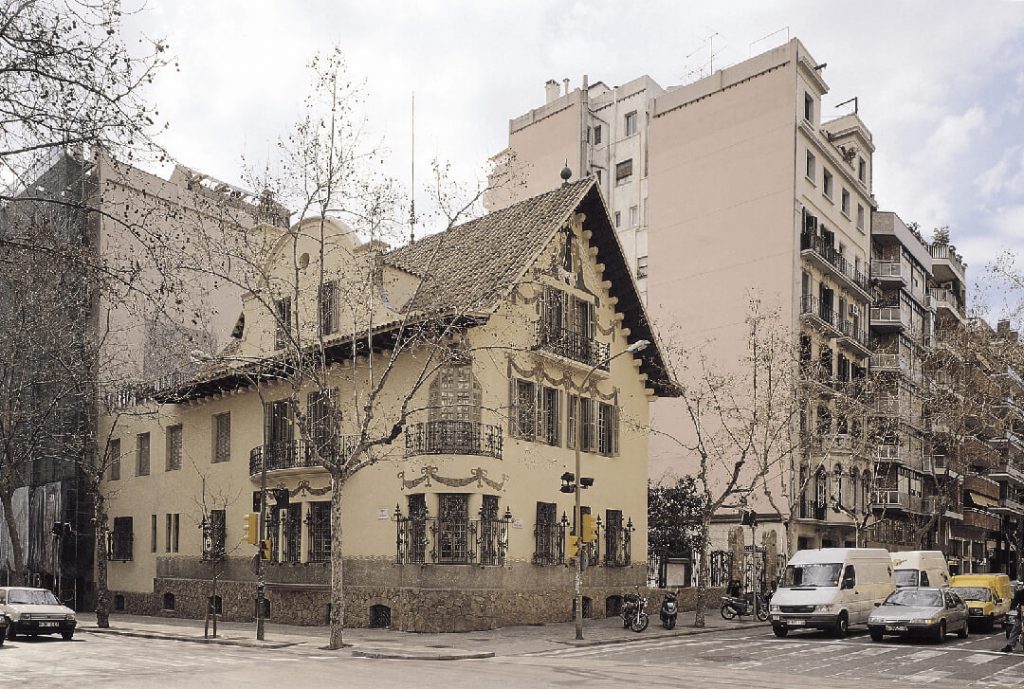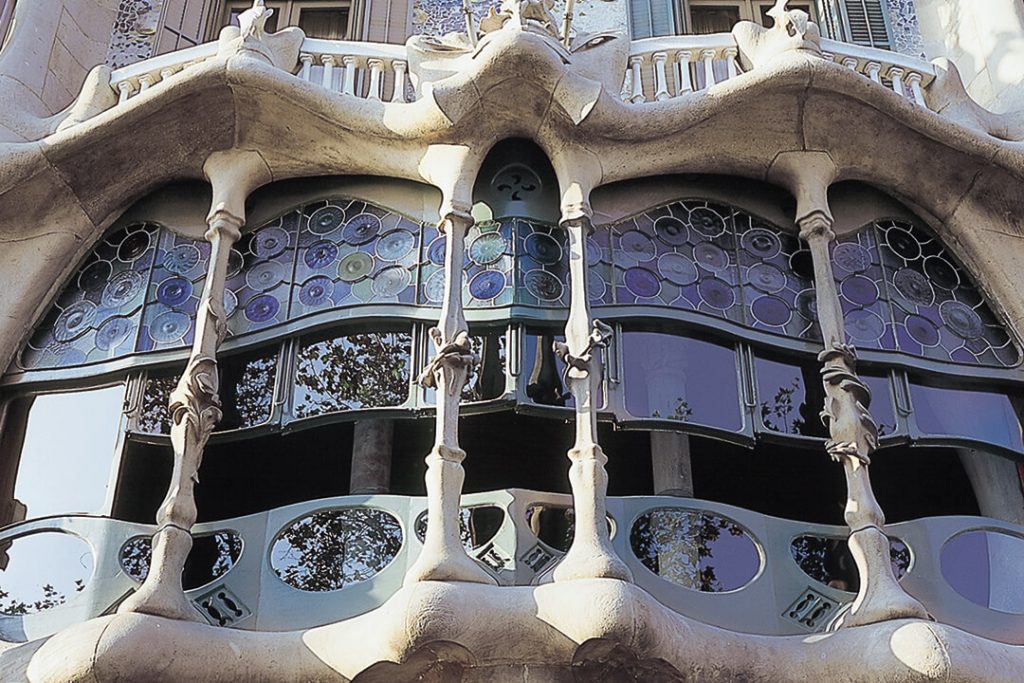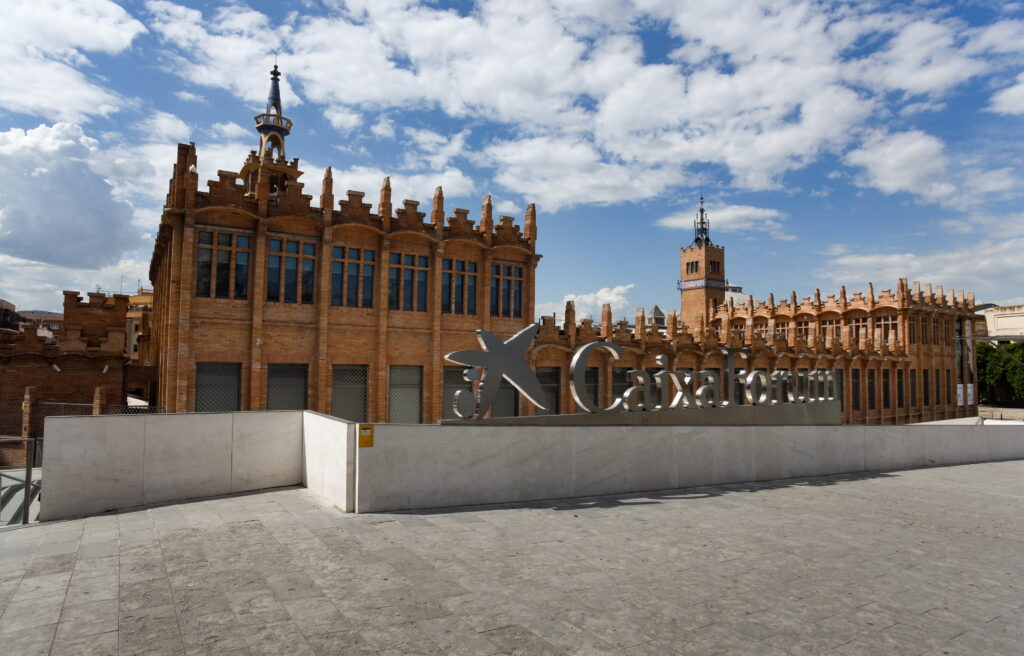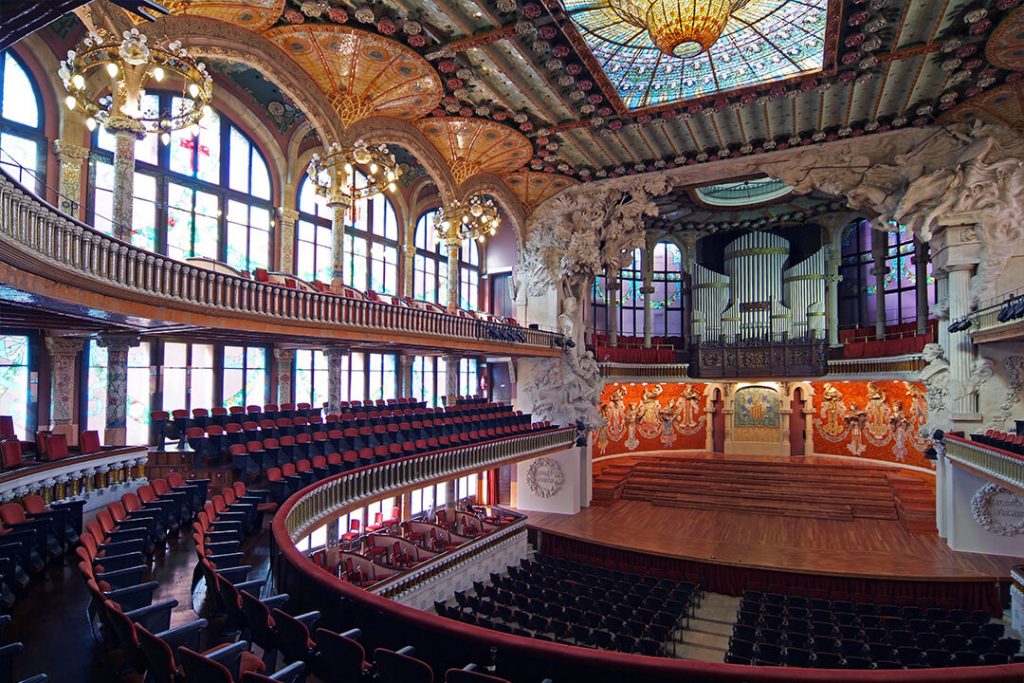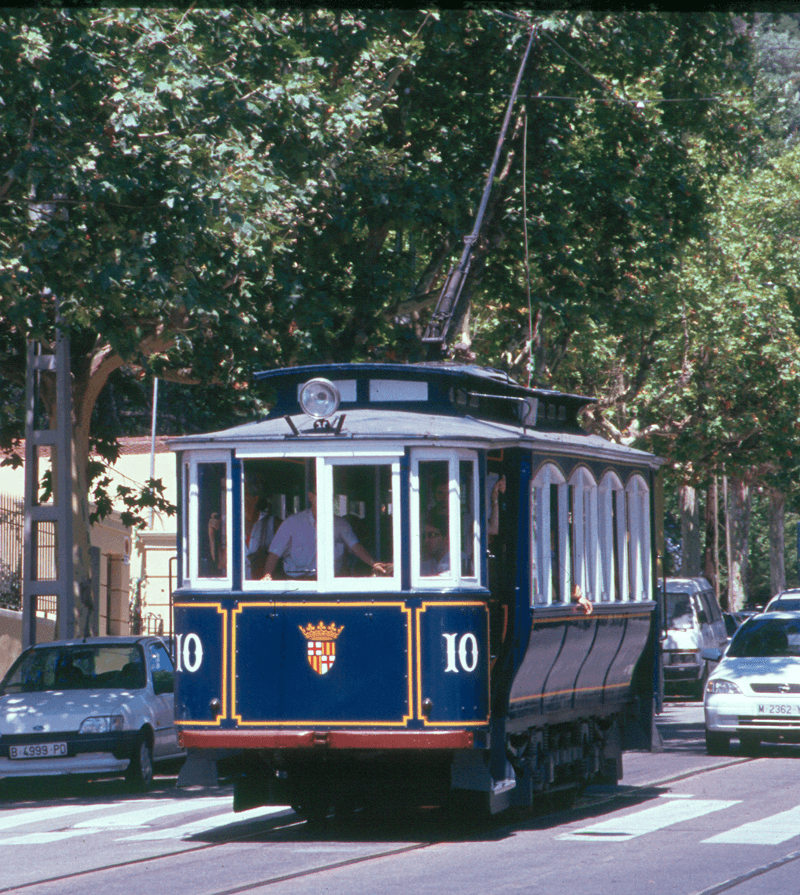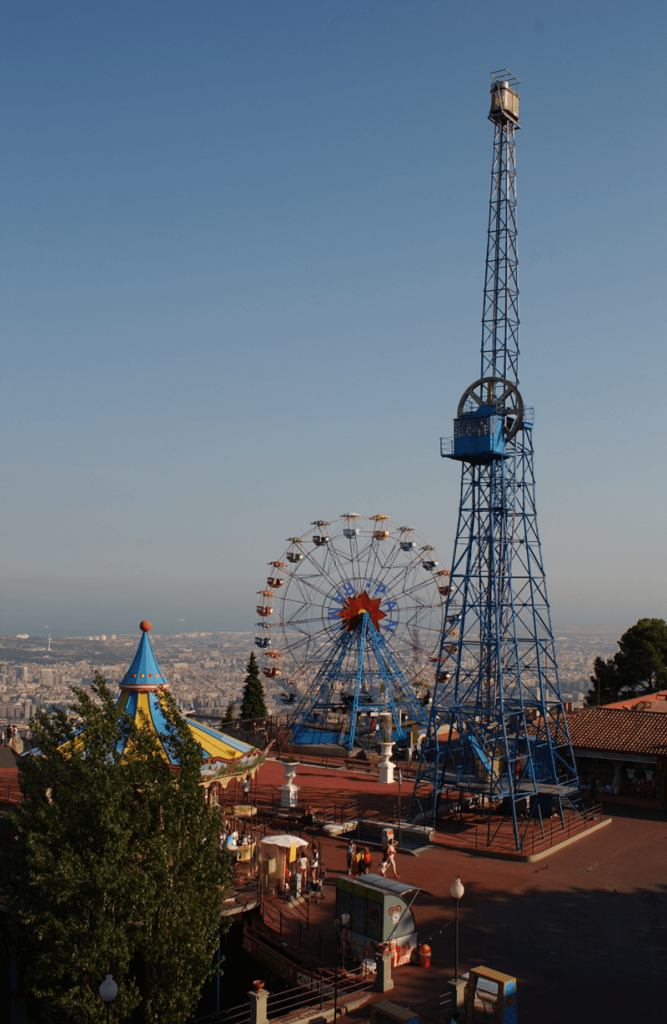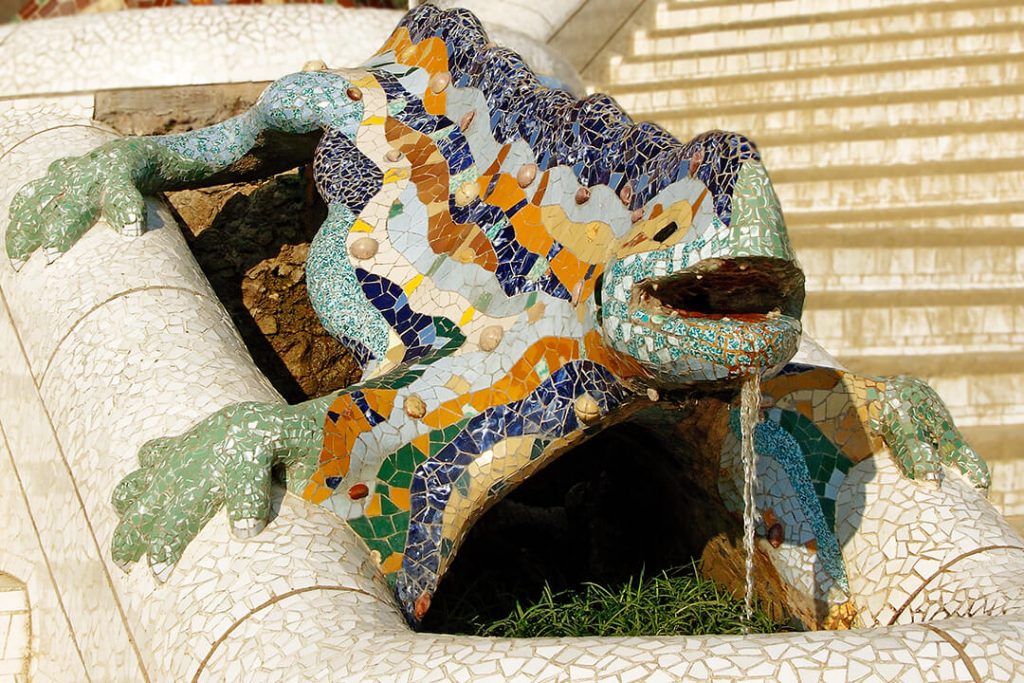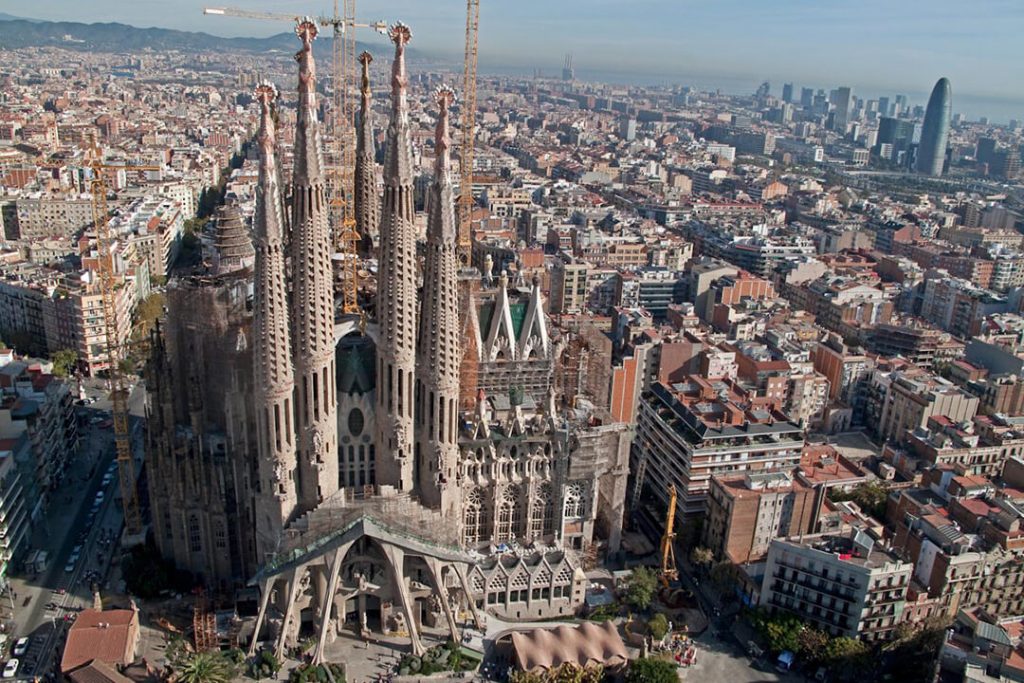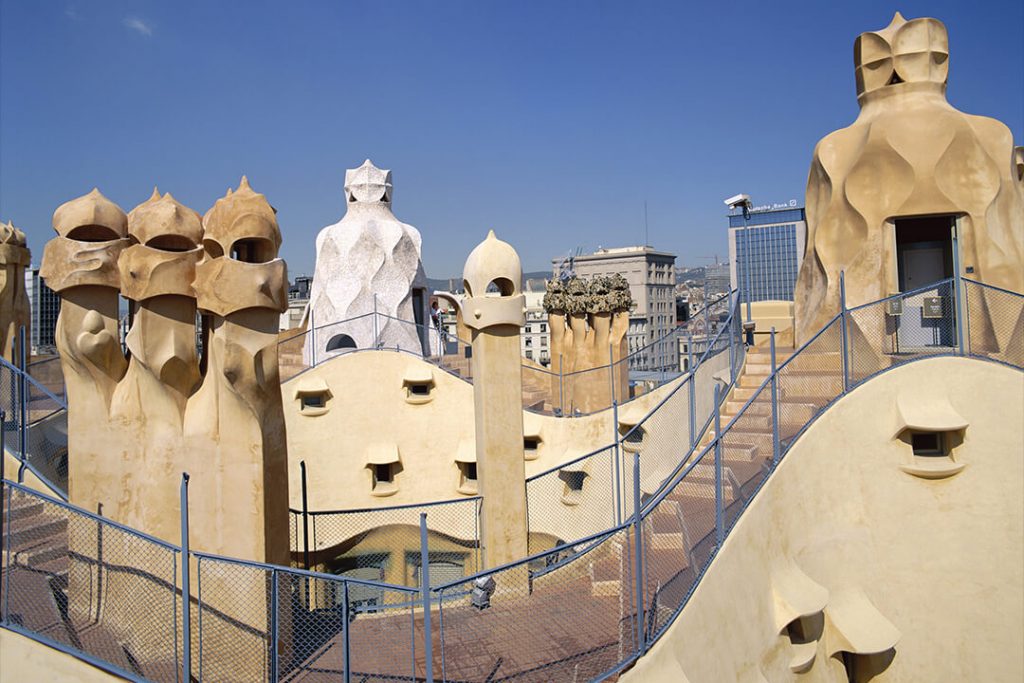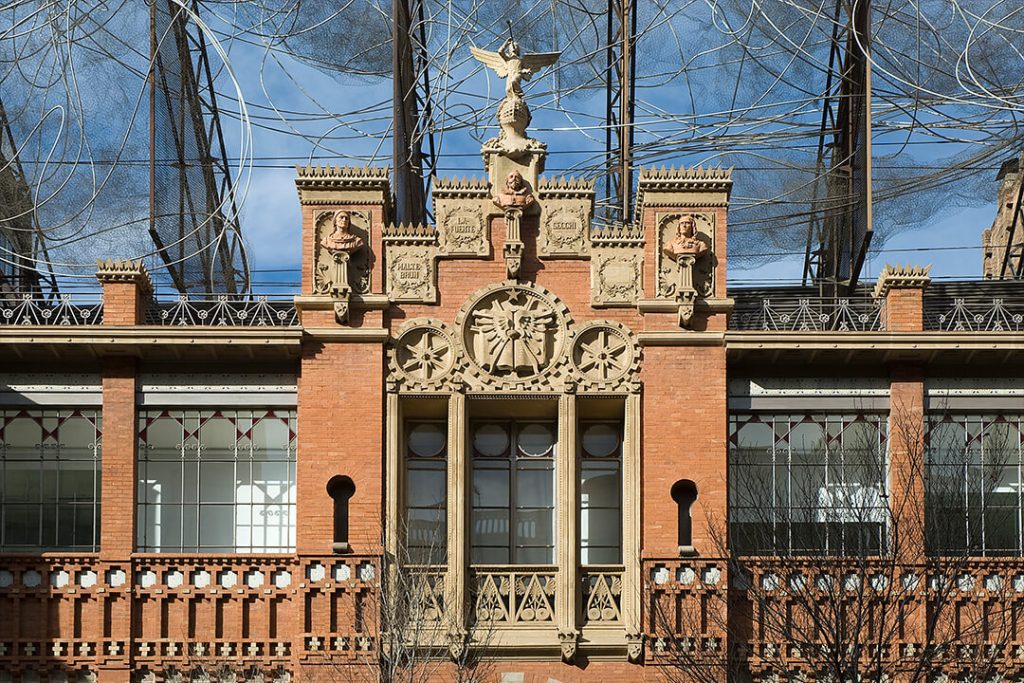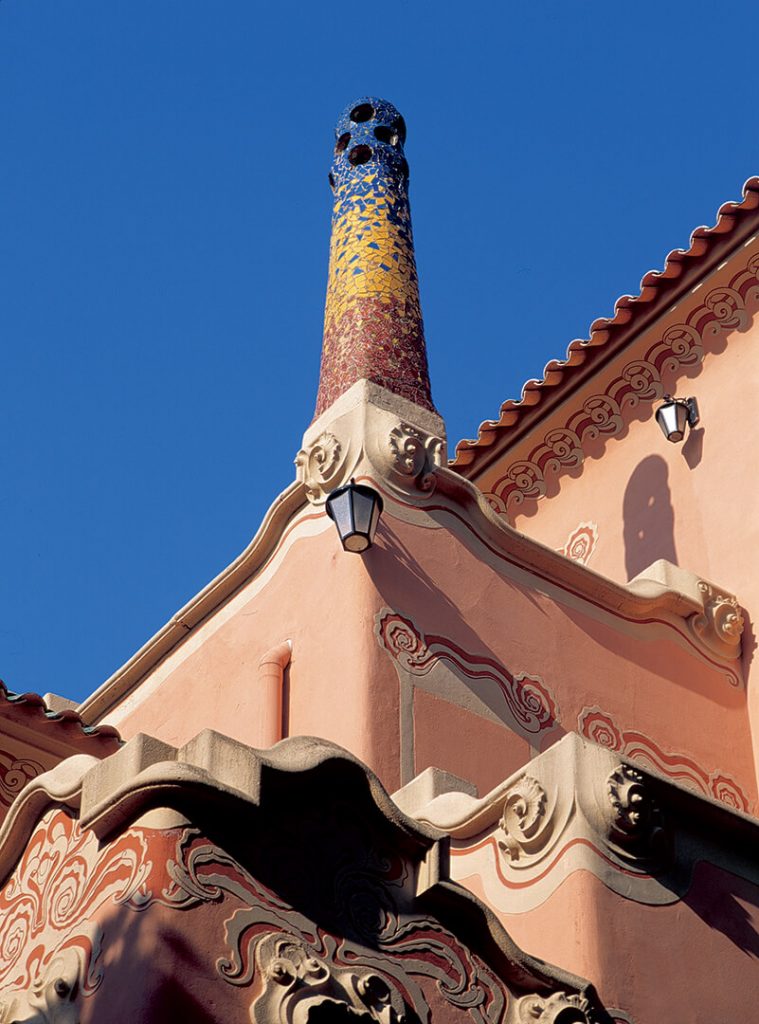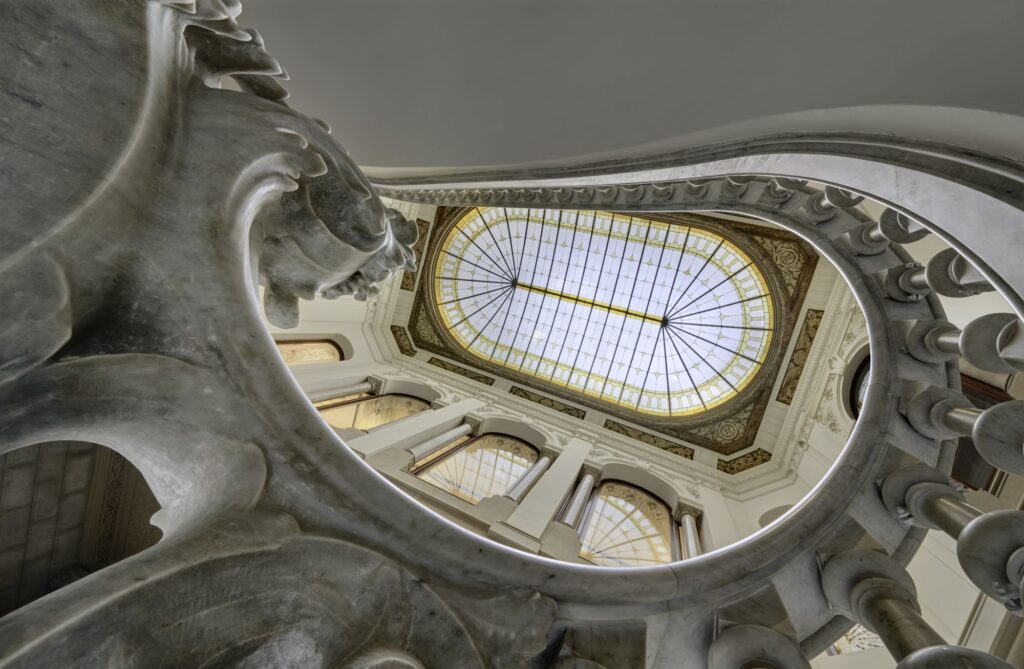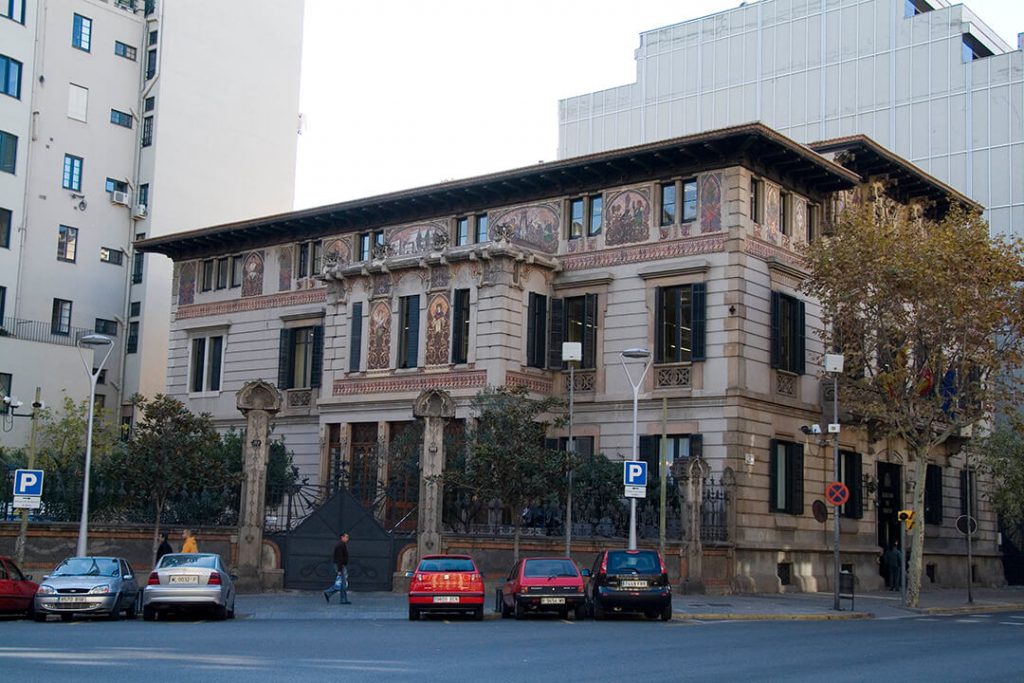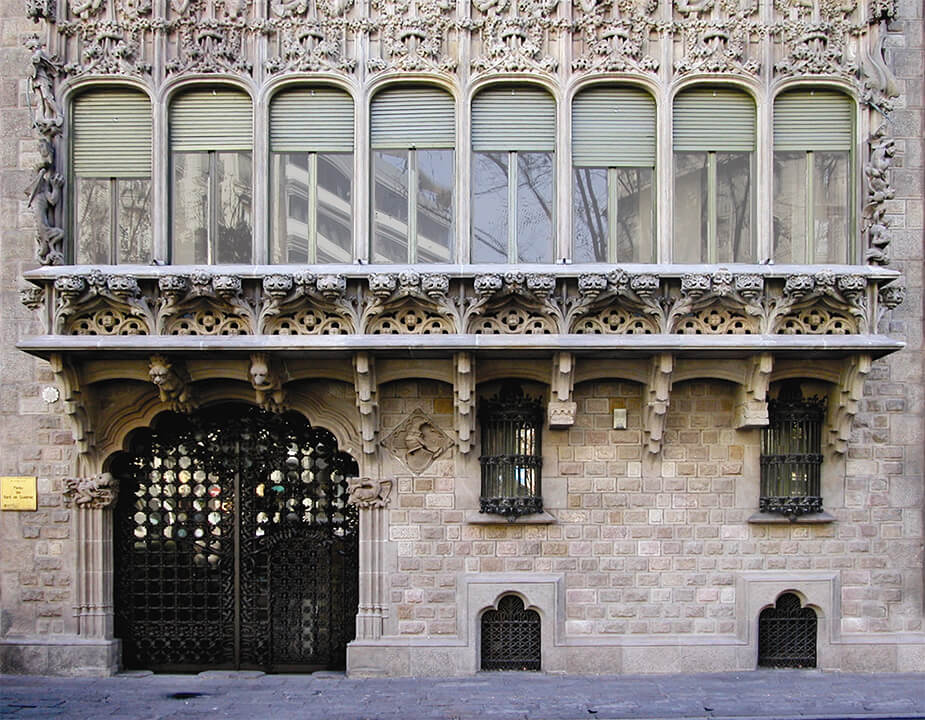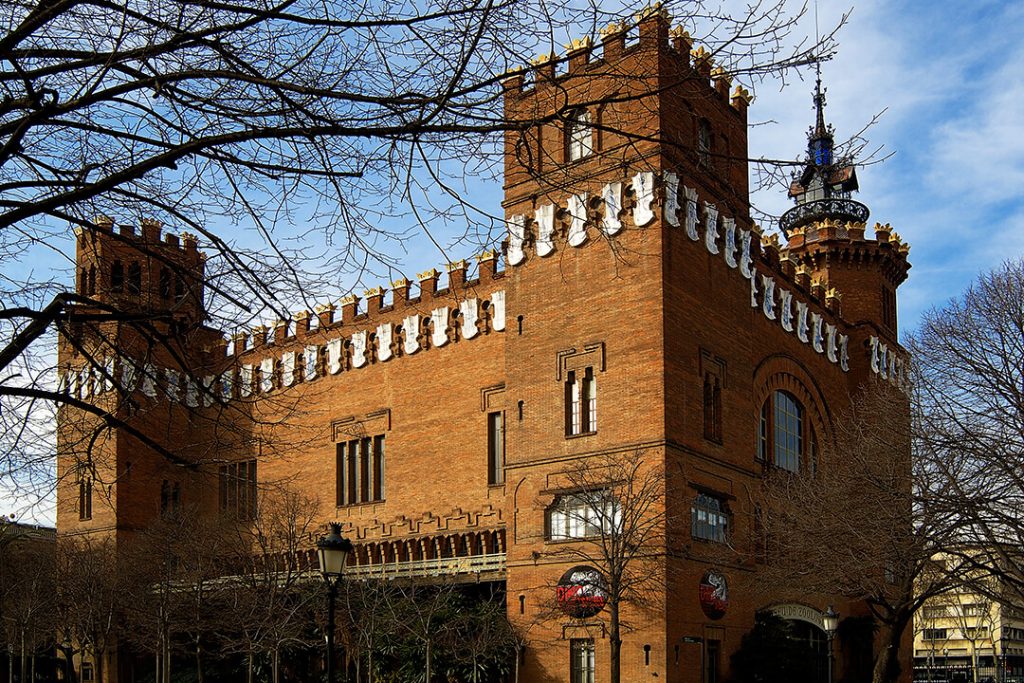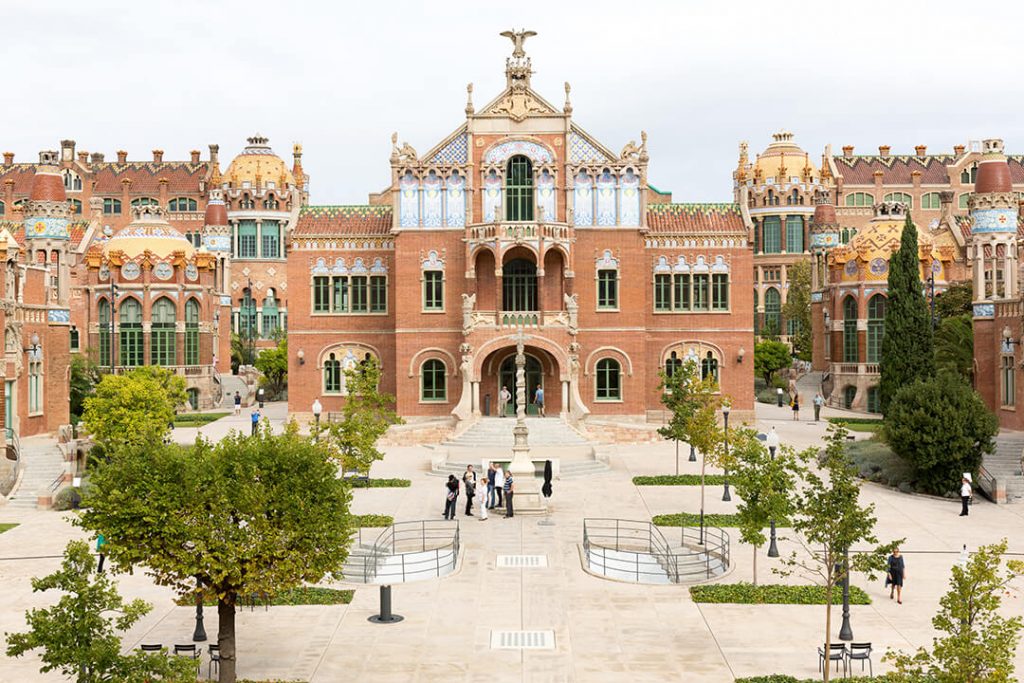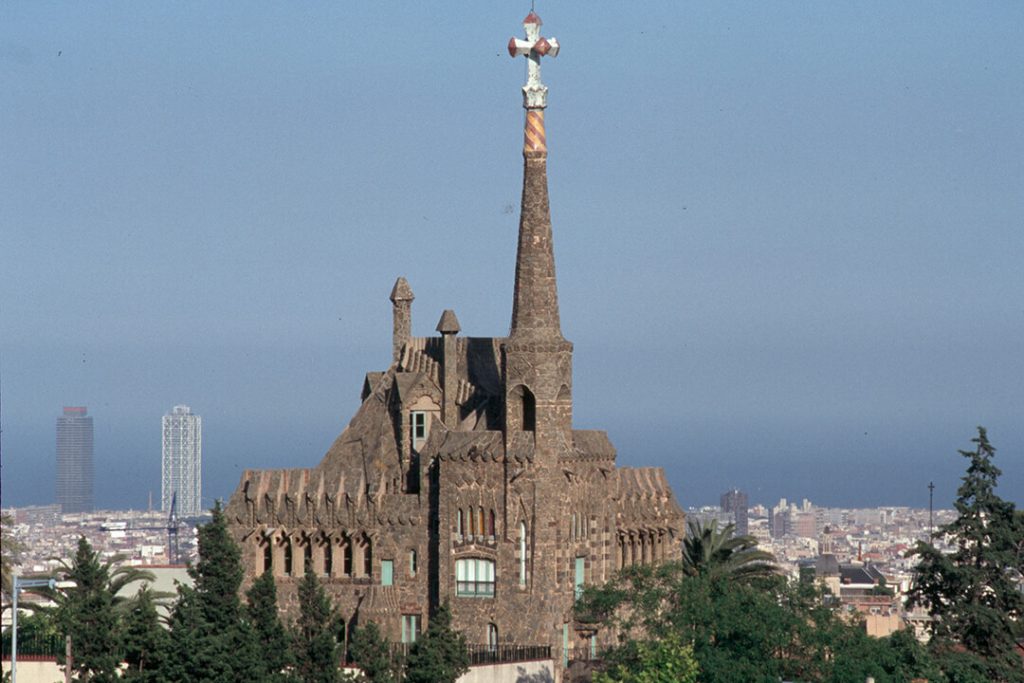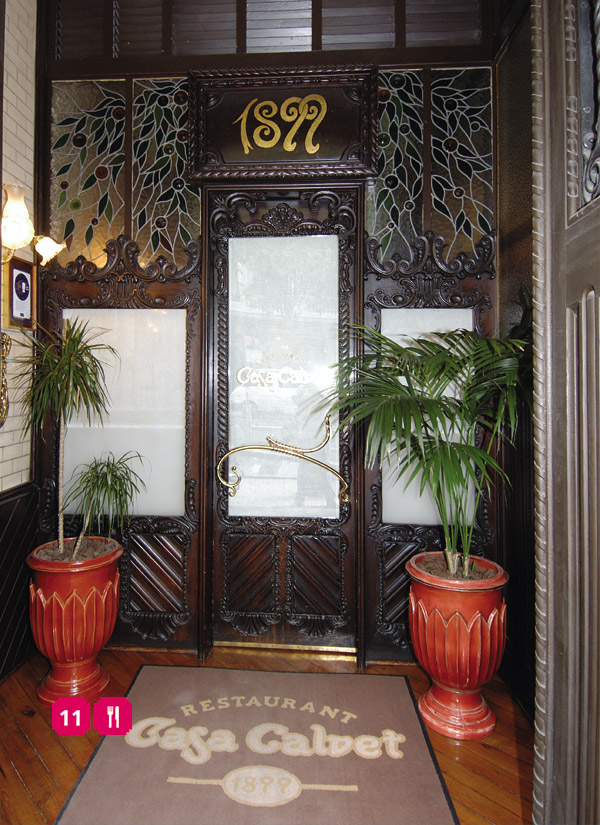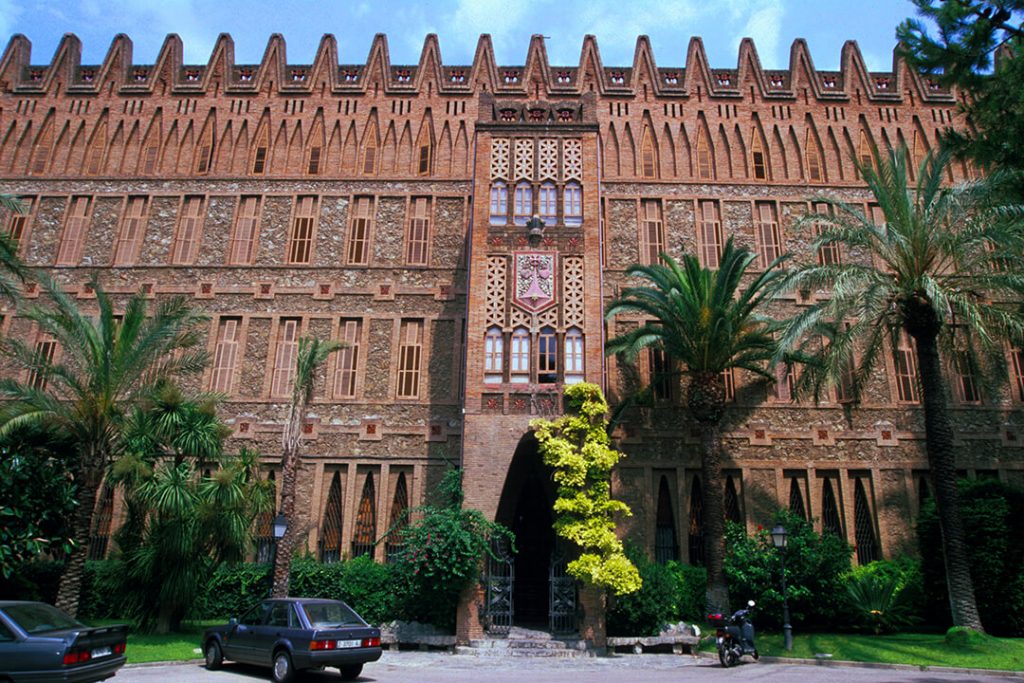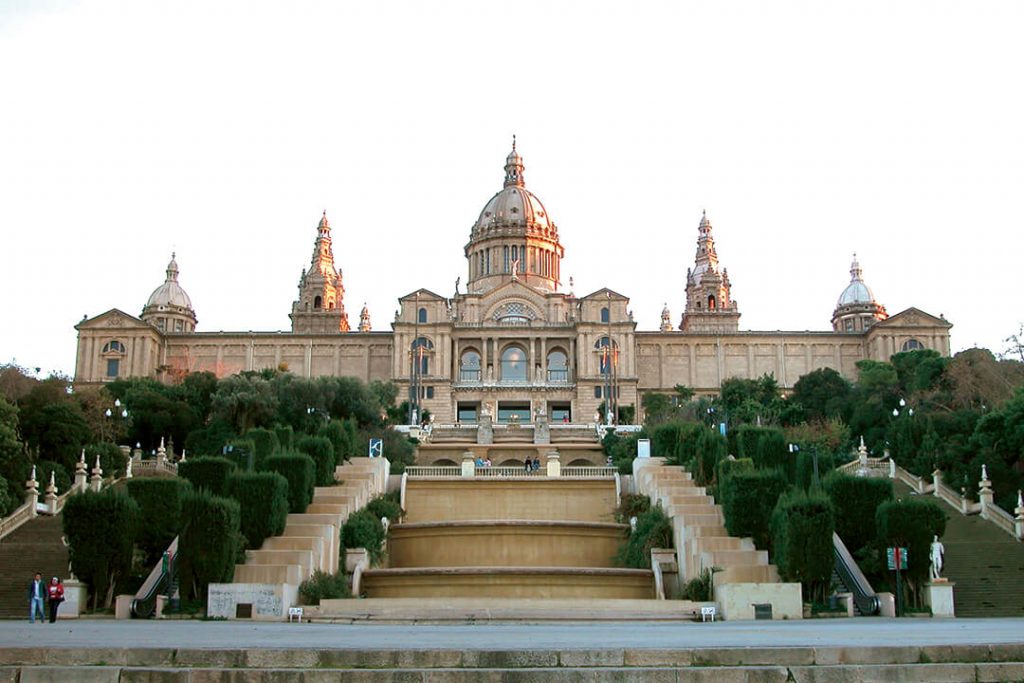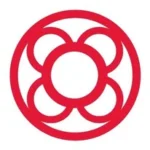
Ruta del Modernisme de Barcelona
Descobreix el Modernisme a Barcelona
La Ruta del Modernisme de Barcelona és un itinerari per la Barcelona de Gaudí, Domènech i Montaner i Puig i Cadafalch, que juntament amb altres arquitectes van fer de Barcelona la gran capital del Modernisme. Amb aquesta ruta podreu conèixer a fons impressionants palaus, cases sorprenents, el temple símbol de la ciutat i un immens hospital, i també obres més populars i quotidianes com ara farmàcies, bars, botigues, fanals o bancs. Obres modernistes que demostren que el Modernisme va arrelar amb força a Barcelona i que encara avui és un art viu i viscut.
Notícies
Li oferim les últimes notícies en relació amb la Ruta del Modernisme de Barcelona. Gaudiu de les obres de la ruta des d’una altra perspectiva.
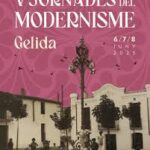
Seguim amb el calendari de fires i festes modernistes de la província de Barcelona, i aquesta setmana li toca a Gelida. Del 3 al 8 de juny, amb el tema “Els jardins i les fonts, espais de memòria del Modernisme” aquest municipi de l’Alt Penedès celebra la seva fira modernista. Aquest any Gelida ens vol […]
Més informació
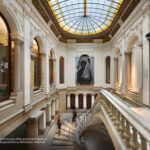
Si compreu la guia de la Ruta del Modernisme de Barcelona, que descriu un itinerari per les principals 115 obres modernistes de la ciutat, us obsequiem amb un talonari amb 22 descomptes per visitar diverses obres modernistes de la ciutat. I a partir d’avui s’inclou també un 20% de descompte per visitar el Museu de […]
Més informació
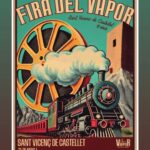
Aquest dissabte 31 de maig i diumenge 1 de juny de 2025 a Sant Vicenç de Castellet, celebren la 17a Fira del Vapor, amb activitats que recreen la vida quotidiana, de quan el tèxtil i el ferrocarril marcaven el dia a dia, entre final del segle XIX i principi del segle XX. Pots consultar el […]
Més informació
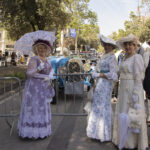
Aquesta setmana, els dies 23, 24 i 25 de maig de 2025, al carrer Bruc, entre l’av. Diagonal i el c. Consell de Cent, i al carril central de l’av. Diagonal, entre el c. Bruc i el c. Girona, celebrarem una nova edició de la Fira Modernista. Com aquest any la Fira està dedicada a […]
Més informació
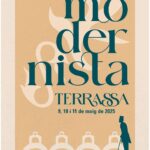
Aquest proper cap de setmana, 10 i 11 de maig de 2025, Terrassa celebrarà una nova edició de la seva Fira Modernista, aquest any dedicada a l’arquitecte Lluís Muncunill, autor d’edificis tan emblemàtics al municipi com el Vapor Aymerich, Amat i Jover, la Masia Freixa o el Palau d’Indústries. L’Ajuntament de Terrassa ha dissenyat visites […]
Més informació
Les principals obres
Xarxes Socials
Obtingueu la Guia de la Ruta del Modernisme de Barcelona.
La Ruta del Modernisme de Barcelona és un itinerari que recorre la Barcelona de Gaudí, Domènech i Montaner i Puig i Cadafalch, que, juntament amb altres arquitectes, van fer de Barcelona la gran capital de l'Art Nouveau Català. Amb aquesta ruta podeu descobrir impressionants palauets, cases sorprenents, el temple que és el símbol de la ciutat i un immens hospital, així com altres treballs més populars i quotidians, com farmàcies, botigues, llanternes o bancs. Obres del Modernisme que demostren que l'Art Nouveau es va enraonar a Barcelona i que fins i tot avui dia encara és un art viu, un art viscut.
La Guia de la Ruta del Modernisme de Barcelona es pot adquirir als nostres centres de Modernisme.



